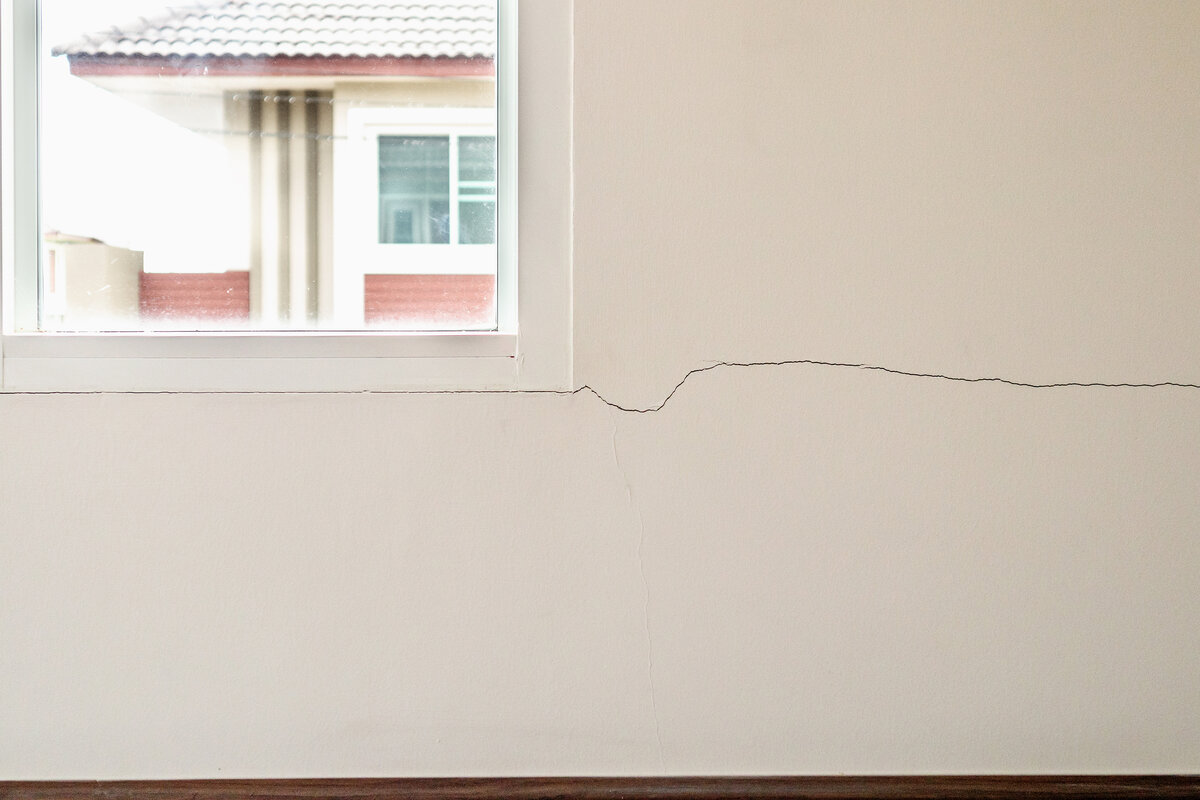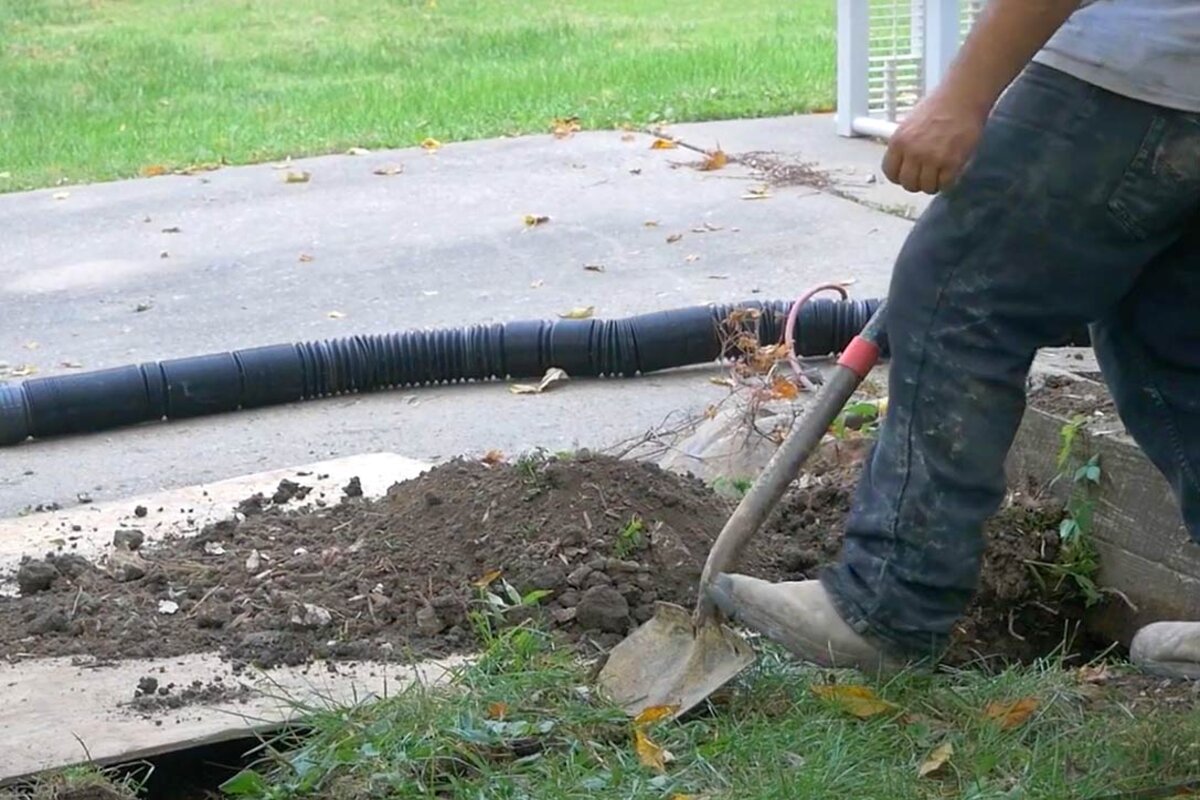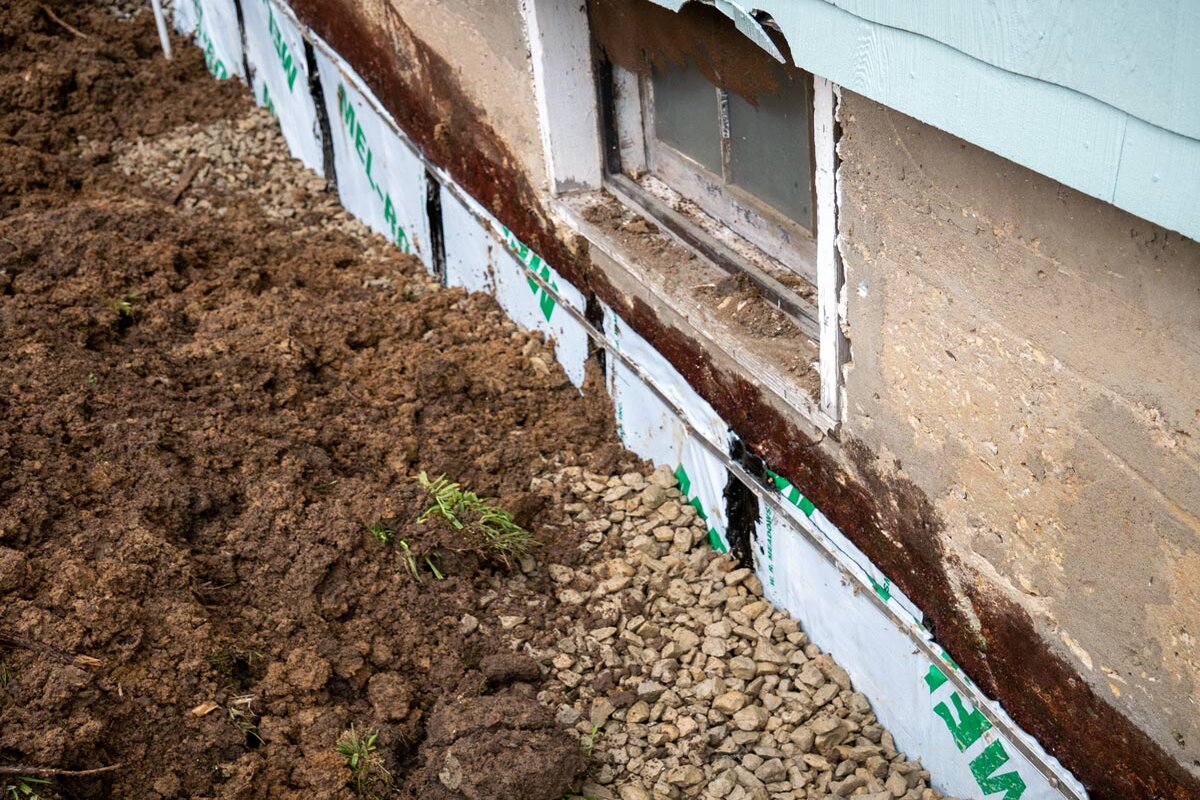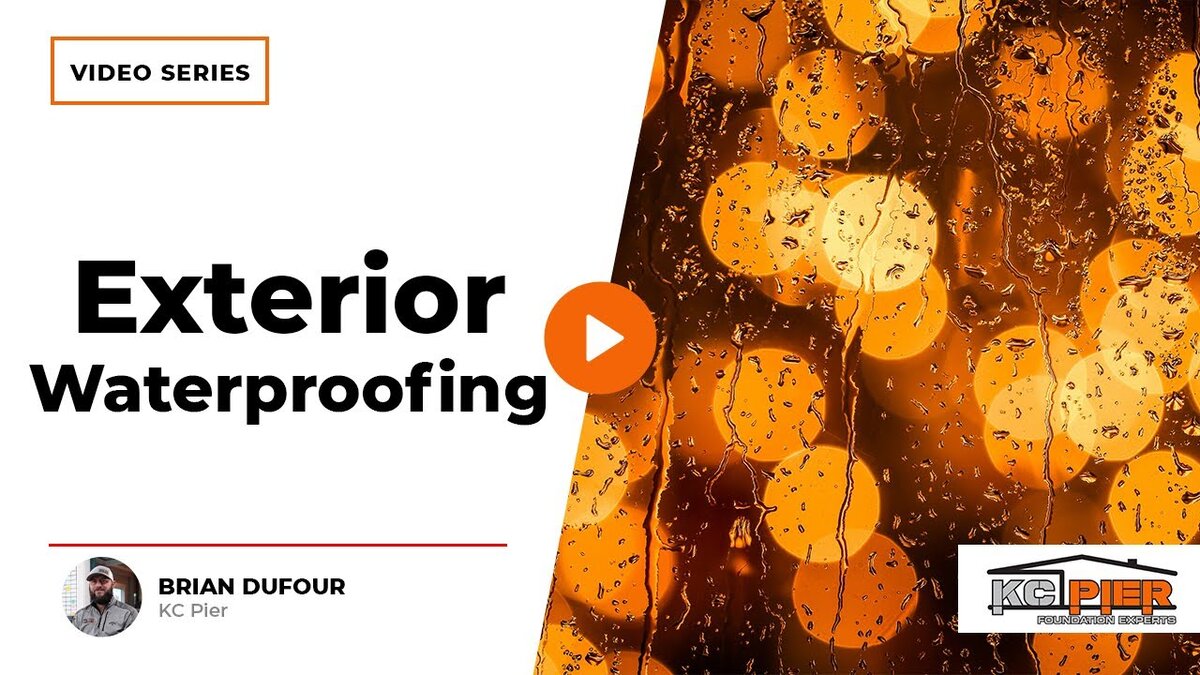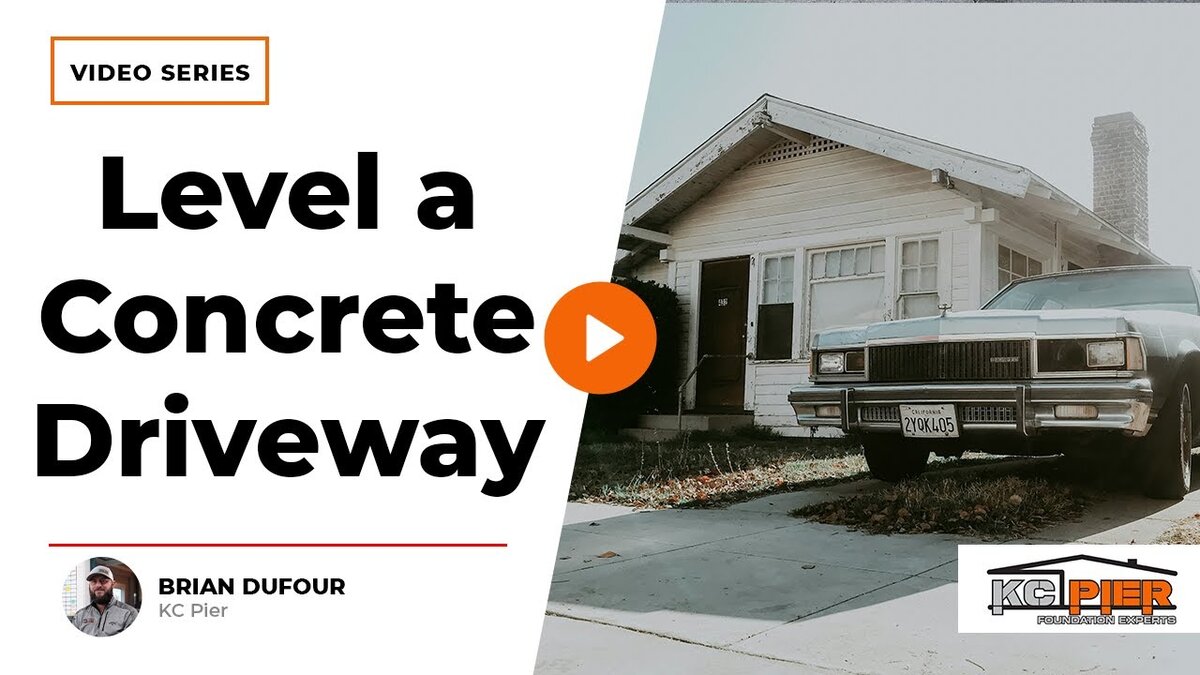Moisture in your crawl space can lead to mold, structural damage, and poor indoor air quality. To prevent these issues, homeowners typically choose between two solutions: crawl space encapsulation or a vapor barrier. Both methods help control moisture, but they differ in effectiveness, cost, and installation. This guide will explain the key differences, pros, and cons of each so you can decide which option is best for your home.
What is Crawl Space Encapsulation?
Crawl space encapsulation is a thorough solution designed to seal your crawl space from outside elements, such as moisture and humidity. This method involves installing a heavy-duty vapor barrier across the floor and walls, along with additional components like a sump pump, interior drain tile, and a dehumidifier.
Purpose of Crawl Space Encapsulation
The main goal of crawl space encapsulation is to control humidity levels and prevent moisture from entering your home’s living spaces. When moisture seeps into the crawl space, it can rise into the wooden joists and rafters, potentially causing mold growth, structural damage, and that unmistakable damp smell. By encapsulating the crawl space, we can:
- Prevent mold and mildew from forming on wooden joists.
- Eliminate that musty odor often associated with crawl spaces.
- Help maintain a stable and level foundation by keeping joists dry.
Installation Process
Here’s how we typically handle crawl space encapsulation:
- Install a Sump Pump: This helps collect any water that might enter the crawl space, preventing standing water issues.
- Add an Interior Drain Tile: We run a drain tile system around the perimeter of the foundation to direct moisture to the sump pump.
- Place a Heavy-Duty Vapor Barrier: This barrier covers the floor and walls, sealing off the crawl space from the ground and outside air.
- Use a Dehumidifier: Once everything is sealed, a dehumidifier is installed to maintain ideal humidity levels and prevent moisture buildup.
This multi-step process ensures that your crawl space stays dry, clean, and protected, providing long-term benefits for your home.
What is a Vapor Barrier?
A vapor barrier is a simpler, more budget-friendly solution compared to crawl space encapsulation. It involves placing a thick plastic sheet across the floor of the crawl space to reduce moisture from the ground.
Purpose of a Vapor Barrier
Unlike crawl space encapsulation, a vapor barrier is designed for homes that don’t have significant water issues but still need to keep out moisture and odors. This method helps:
- Block the dirt smell from entering your home.
- Minimize mold and mildew smells.
- Keep out external odors from seeping into the living area.
Installation Process
The vapor barrier installation process is straightforward:
- Clean the Crawl Space: Before installation, we clear out any debris or obstructions.
- Lay Down the Plastic Sheeting: A heavy-duty plastic sheet is placed across the floor of the crawl space, overlapping at the seams for full coverage.
- Seal the Edges: The edges are sealed to ensure a tight fit and prevent air leaks.
While this method is less extensive than encapsulation, it’s still effective in reducing moisture and odors for homes without major water problems.
Pros and Cons of Each Method
Crawl Space Encapsulation
Pros:
- Comprehensive moisture control with a sump pump, drain tile, and dehumidifier.
- Prevents mold, mildew, and structural damage.
- Keeps humidity levels consistent, improving indoor air quality.
Cons:
- Higher upfront cost due to the additional components and labor required.
- Requires ongoing maintenance, such as servicing the sump pump and dehumidifier.
Vapor Barrier
Pros:
- Cost-effective solution for homes without significant water issues.
- Easy and quick to install.
- Reduces odors and minor moisture problems.
Cons:
- Doesn’t address standing water or high humidity.
- Less effective in preventing mold and structural issues.
Which Option is Right for You?
Choosing between crawl space encapsulation and a vapor barrier depends on the specific needs of your home. Here’s a simple guide to help you decide:
- Significant Water Issues: If your crawl space has standing water or high humidity, crawl space encapsulation is the way to go.
- Minor Moisture Problems: If you’re dealing with occasional moisture and odors but no standing water, a vapor barrier may be sufficient.
- Long-Term Solution: For those looking for a long-term, thorough solution, encapsulation offers the best protection and peace of mind.
In Summary
Whether you need full crawl space encapsulation or just a vapor barrier, it’s crucial to address moisture issues in your home before they lead to costly repairs. We specialize in both solutions, and our team can assess your crawl space to recommend the best approach. If you’re ready to protect your home and improve your indoor air quality, contact us today!


